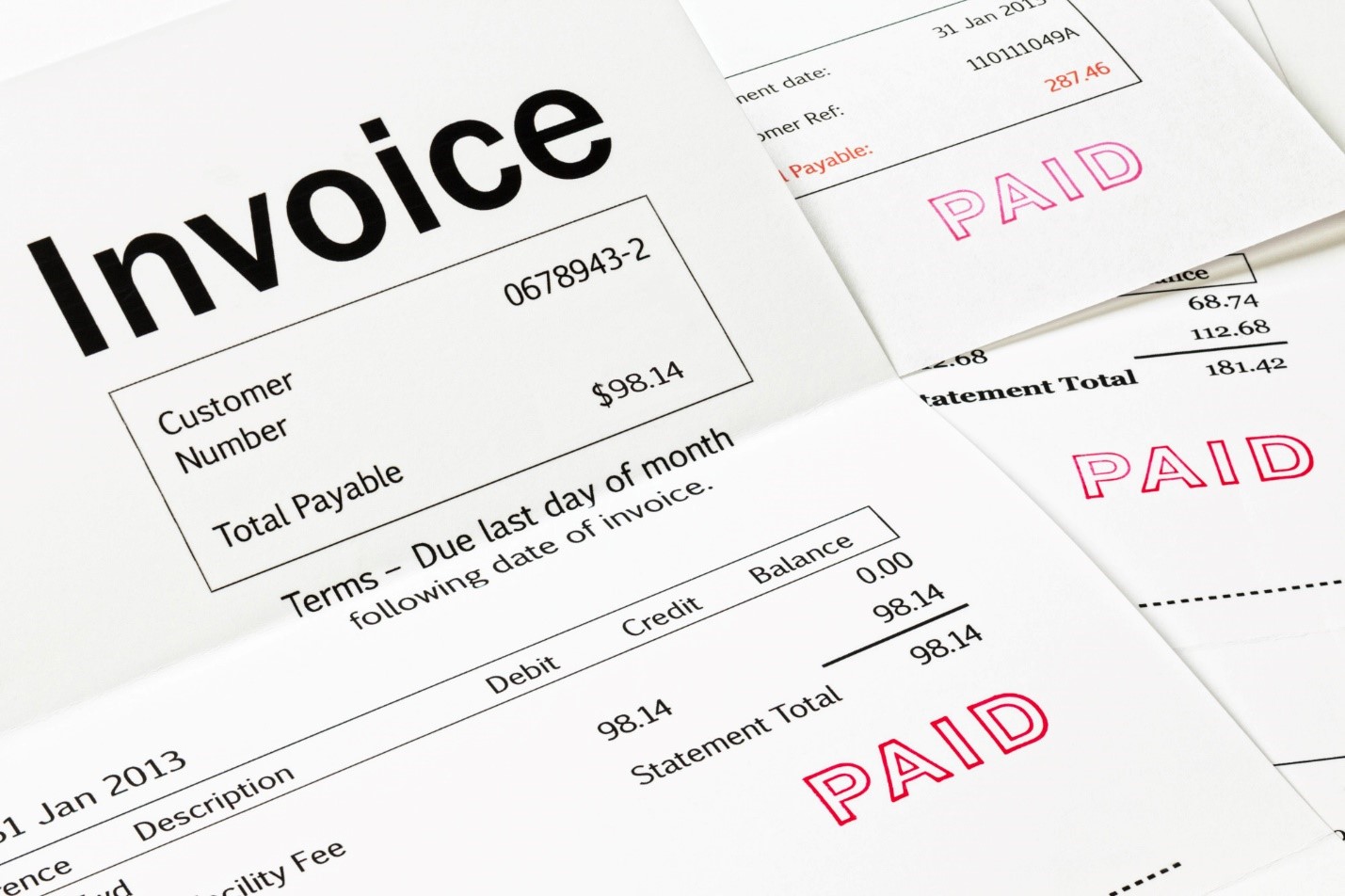Latest News
Invoice Management: How to Keep Track of Payments

Invoicing and managing payments can be a huge hassle for small business owners. According to research, about 27% of small businesses admit that creating invoices can be a very or somewhat difficult task.
Trying to keep track of when payments are due, who has paid, and who still owes you money can be extremely time-consuming and stressful. This blog post will discuss tips on how to streamline your invoice management process and easily track all your payments.
How to File Invoices
The first step to streamlining your invoice management process is to have a system for filing invoices.
This may seem like a no-brainer, but many small business owners do not have a system in place for organizing their invoices. One way to file invoices is by creating a folder for each month and putting all the invoices into the corresponding folder.
This method works well if you do not have a lot of invoices to track. If you have a large number of invoices, you may want to create a more detailed filing system. To make this process super easy, get a business invoice template online and fill out what you need.
How to Store Invoices
Invoices can be stored electronically or in physical form. If you store your invoices electronically, you will need to decide how you want to organize them.
One way to store invoices electronically is by using a folder system similar to the one described above. You can also use customer invoice management software to help you keep track of your invoices.Our free receipt maker for paying bills is a web-based app with a predefined format containing all the necessary fields and features.
If you store your invoices in physical form, you’ll need to find a place to keep them where they will be safe and easy to access. A filing cabinet is a good option for storing physical invoices.
How to Keep Track of Payments
Once you have a system for storing invoices, you will need to create a system for tracking payments. This step is crucial because it’ll help you keep track of which invoices have been paid and which ones are still outstanding.
One way to track payments is by using a spreadsheet. You can create columns for the invoice number, amount due, and the date paid.
Another way to track payments is by using invoice management software. This type of software typically has a built-in payment tracking system you can use to track payments for multiple invoices.
Web-Based Invoice Management Systems
If you are looking for a more comprehensive solution for managing your invoices, you may want to consider using a web-based invoice management system. These systems offer features such as online payments, automatic reminders, and reporting. For those businesses looking to digitize their process further, understanding the pros and cons of XML invoice and EDI invoice systems is essential for optimal data exchange and invoice management.
Some of the most popular web-based invoice management systems include FreshBooks, Zoho Invoice, and Wave. These systems offer free trials, so you can try them out before deciding which one is right for your business.
Invoice Management: Making Your Invoice Processes Easy
By following the tips described above, you can streamline your invoice management process and keep track of all your payments. By taking the time to set up a system that works for you, you can save yourself a lot of time and stress in the long run.
If you found this article helpful, check out our other blog posts on small business accounting and bookkeeping. We also have a wide range of articles that can be helpful to your business growth.
Kenneth is a proud native of sydney, born and raised there. However, he pursued his education abroad and studied in Australia. Kenneth has worked as a journalist for almost a decade, making valuable contributions to prominent publications such as Yahoo News and The Verge. Currently, he serves as a journalist for The Hear Up, where he focuses on covering climate and science news. You can reach Kenneth at [email protected].










